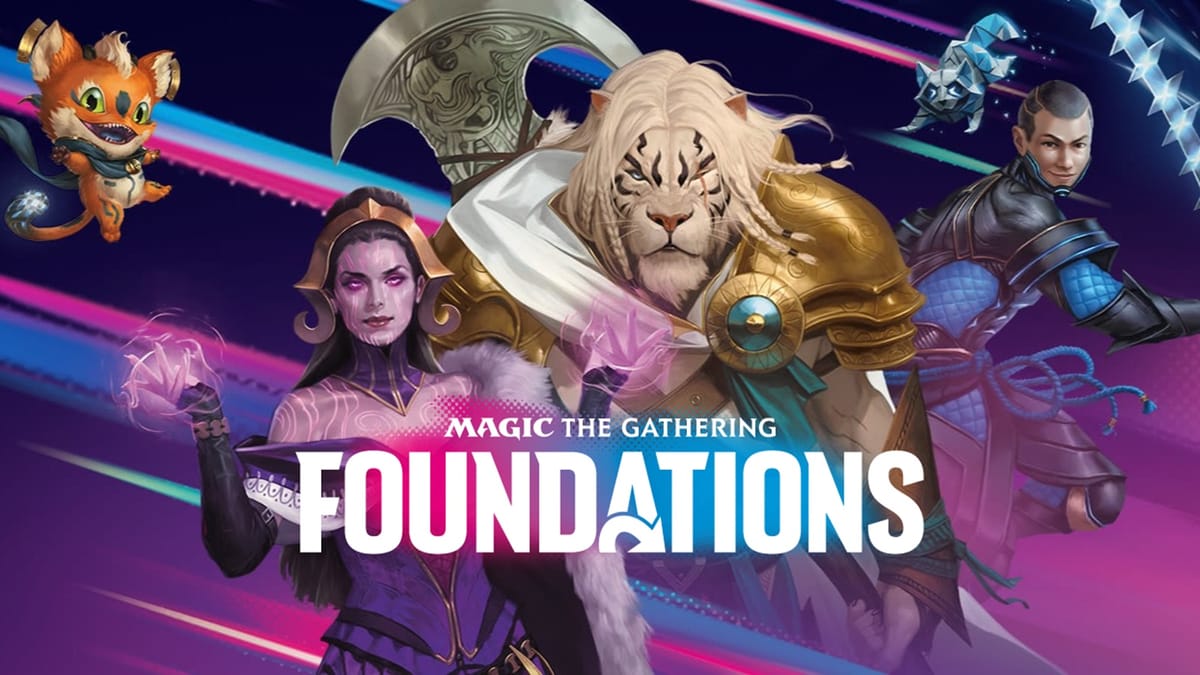
Magic: The Gathering Foundations is a very interesting product. I’ve reviewed the Beginner Box and the Starter Collection, but here we are looking at the Limited game environment the Foundations Play Boosters offer. Every Magic set serves multiple masters and Foundations specifically is meant to be the…uh foundation for Standard for the next five years. That’s a tall order on its own, but here we are unconcerned with that. Every Magic set is a self-contained format that players can play Draft and Sealed with. In addition, the Foundations product line is also meant to be a good ingress point for new and returning players. If you’re a new player looking to learn how to draft is Foundations a good way to learn? Does Foundations offer interesting gameplay to longtime veterans?
Overview - Elvish Regrower
Let’s begin by examining the mechanics included within Foundations. Ideally, you would want these mechanics to be easy to learn, but still complicated enough to create interesting gameplay. Foundations doesn’t have any new mechanics, but instead uses classic mechanics from Magic’s deep history. The seven keyword mechanics are:
- Flashback - cast spells from your graveyard
- Kicker - pay extra mana for additional effects
- Landfall - triggers an ability when you play a land
- Morbid - triggers an ability when a creature dies this turn
- Prowess - gives the creature +1/+1 when a noncreature spell is cast by its owner
- Raid - triggers an ability if you’ve attacked this turn
- Threshold - grants additional effects if you have seven or more cards in your graveyard
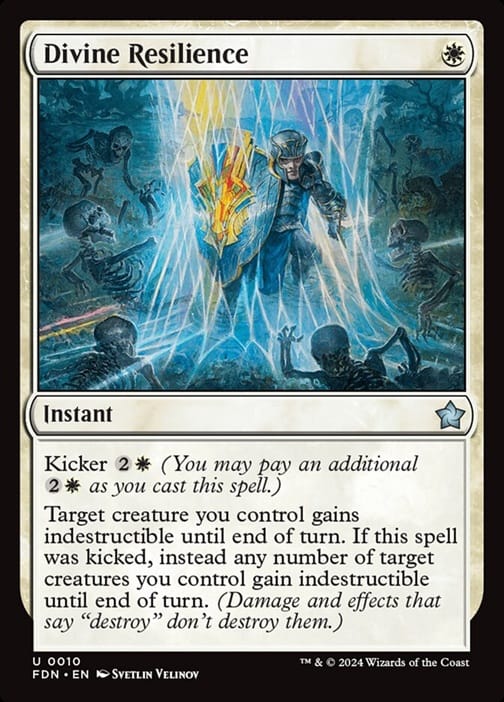
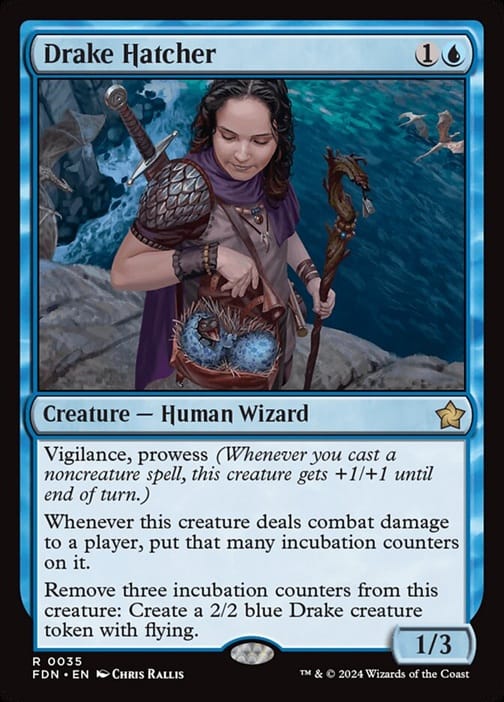
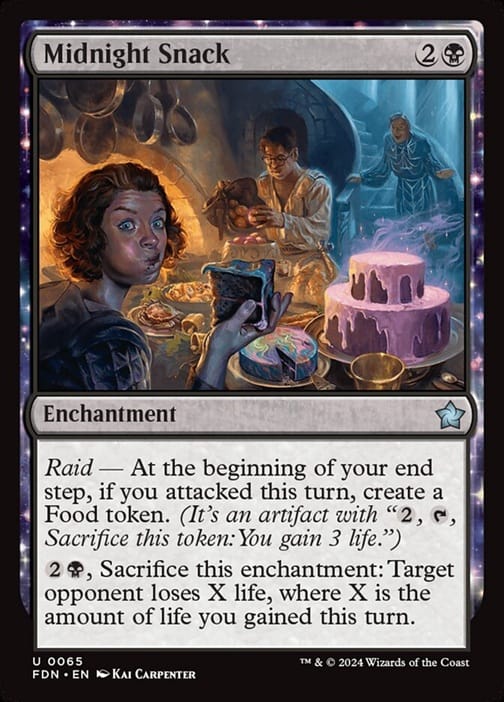
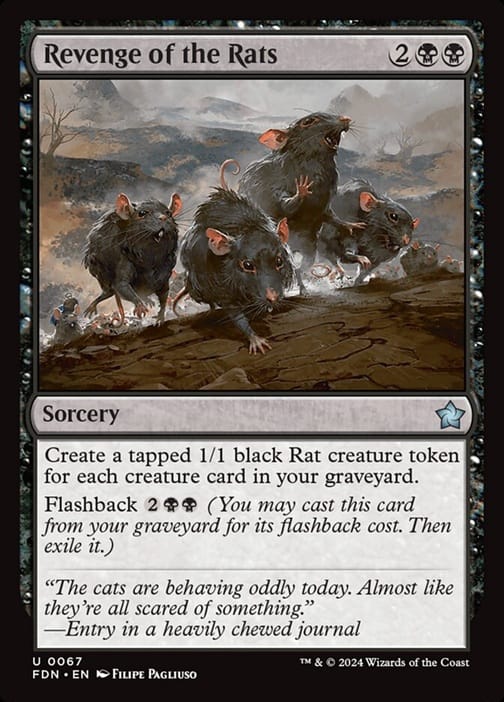
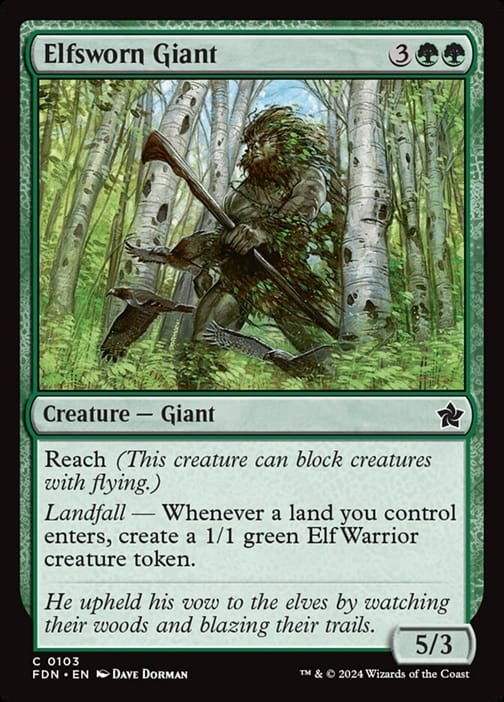
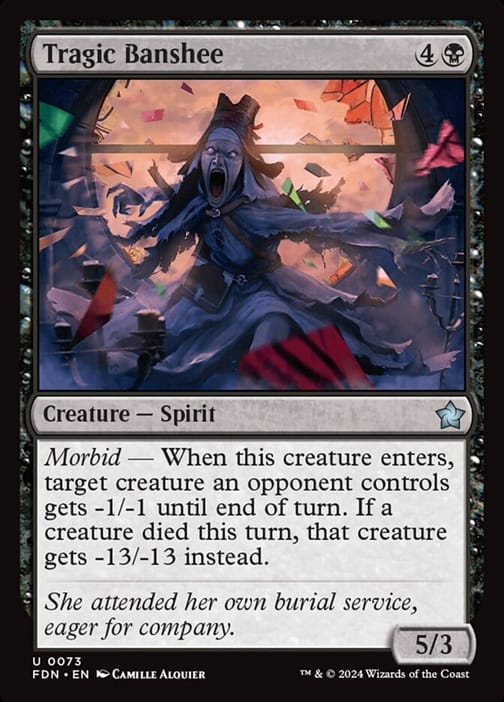
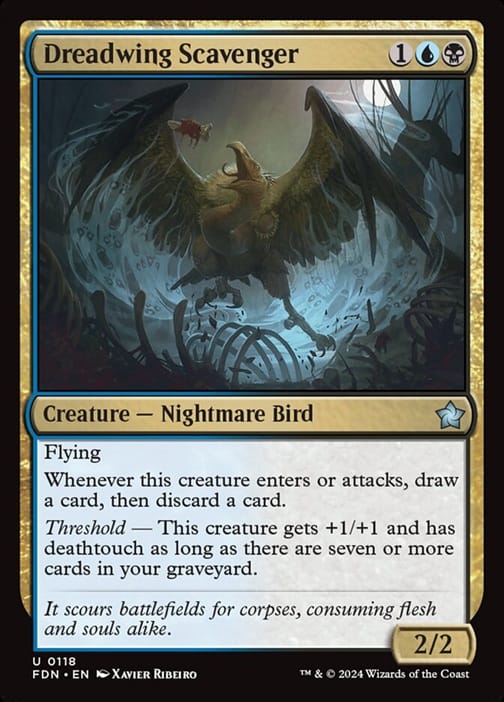
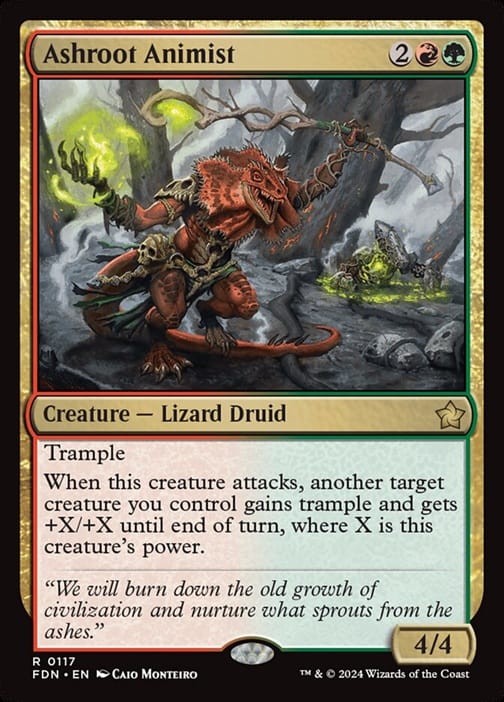
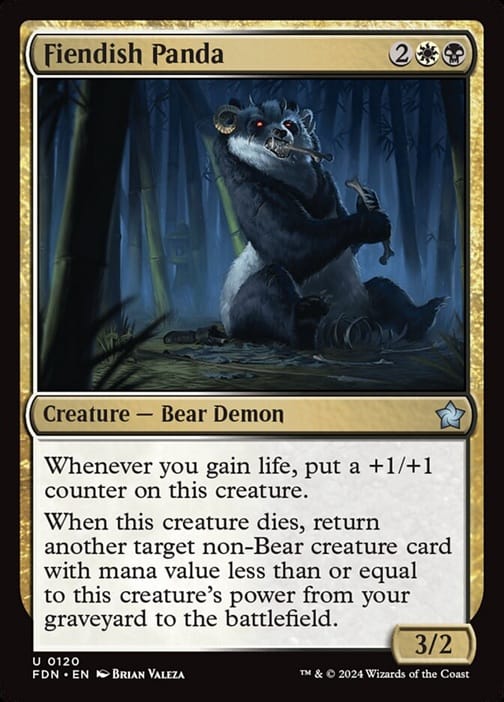
I’m not going to do a deep dive into all of these mechanics because while they are present in Foundations, they are just one of the building blocks of the set. The vast majority of the cards in Foundations are ones that you just have to read to understand what they do. You don’t need to bring knowledge of the game into Foundations. Foundations will teach you Magic simply by playing with it. This is a great design choice as many other new sets lean heavily into their keyword set mechanics. Here there’s a sprinkling of keywords, but they’re not ubiquitous, and not required either. You can build a deck without them. These mechanics are good choices though, because they are simple to learn. Prowess might be the least intuitive to new players as it’s not immediately obvious you can continue to stack up Prowess triggers with multiple spells. The design of Foundations wants you to get to know the individual cards, not the keywords other sets lean on.
Foundations is approximately half reprints and half new cards. The reprints range from nostalgic classics like Savanna Lions to functional cards like Abrade. An example would be that there are five planeswalkers in Foundations, one for each color, two of them are new cards while the other three are reprints. All the cards in Foundations represent the baseline power level of what cards will be in Standard, but from a draft perspective, these cards create fun and functional decks. Foundations keeps its designs “contained” so that players won’t come across too many edge cases. Another example would be that there aren’t very many legendary creatures in the hopes you won’t try to have more than one in play. (You can only have one copy of the same legendary creature in play at a time.)
Finally, another helpful design decision is that (almost) any card with a keyword, such as Haste or Deathtouch always has the reminder text. As these won’t be ingrained into new players yet this helps fully explain a card's capabilities.
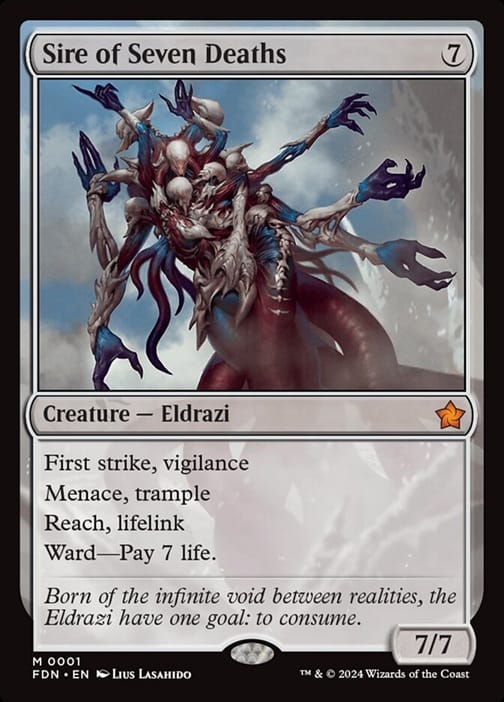
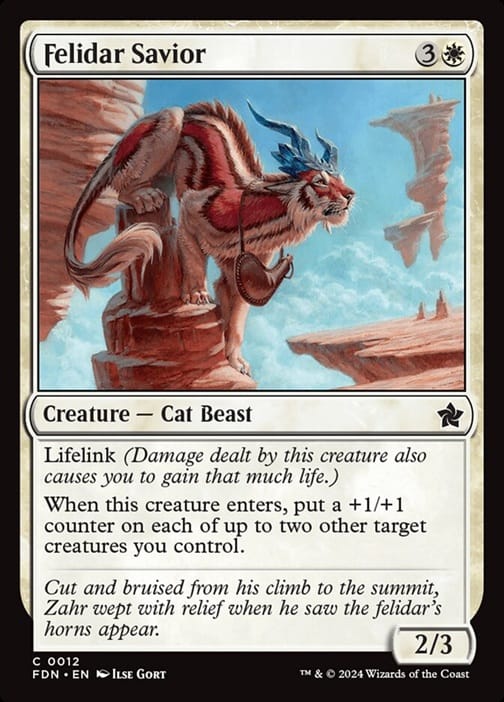
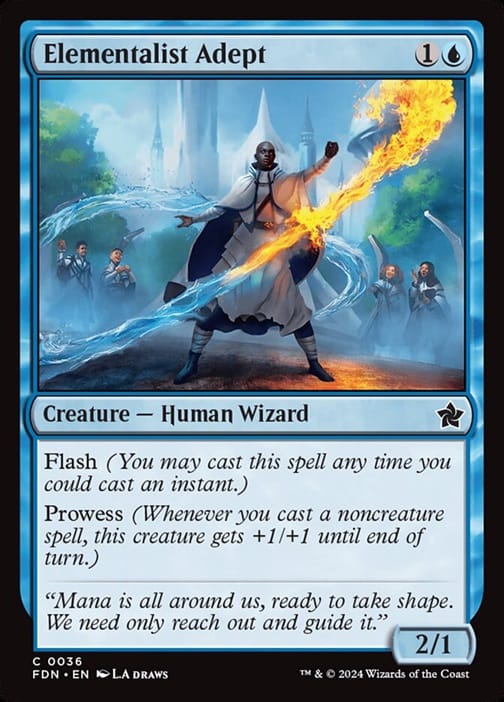
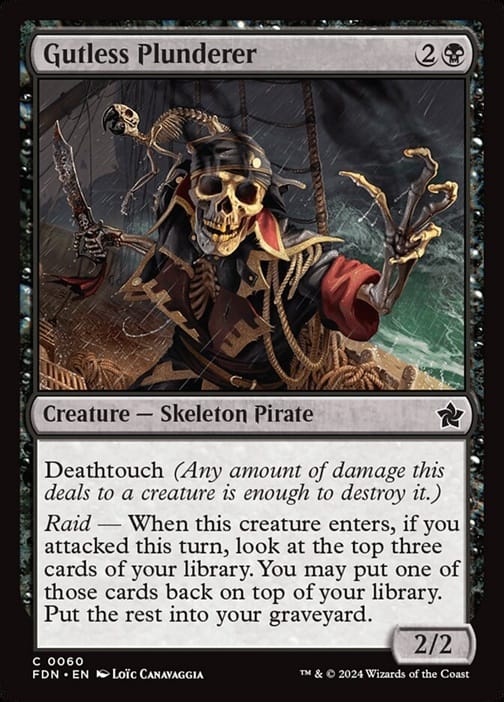
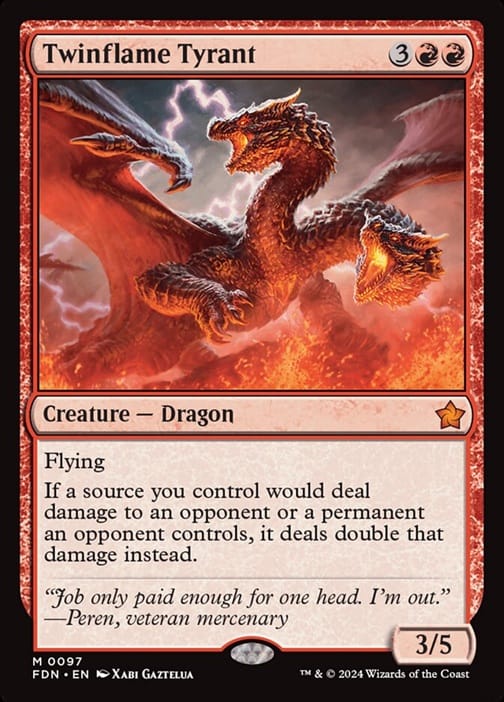
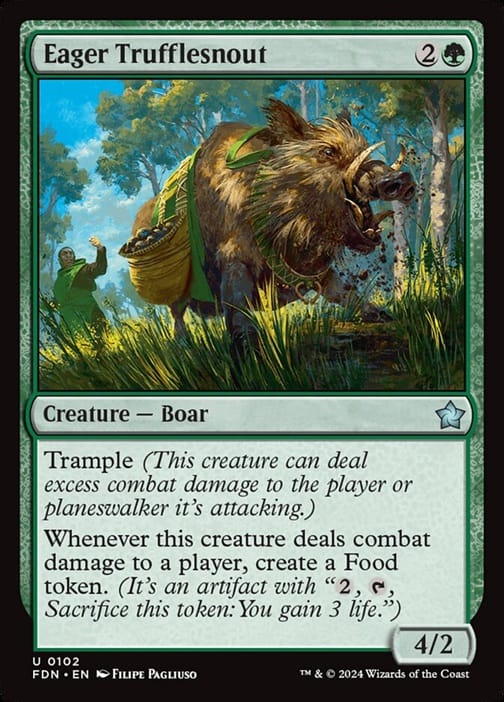
Pros - Inspiration from Beyond
How do you introduce a new player to the multiverse of Magic: The Gathering? Foundations is Wizards of the Coast answer, and the designers did a fantastic job. Foundations was designed to be the quintessential “Magic: The Gathering” set. All the cards in Foundations represent the Magic multiverse and the many worlds found within. The reprints ooze nostalgia for longtime players, but the highlight for me are the new cards. Many of the new cards feature artwork that is recognizable where it is within the Magic multiverse. Veterans will be able to identify where cards like Anthem of Champions, Luminous Rebuke, or Billowing Shriekmass are. The care in the artwork and card design is a love letter to the Magic multiverse in an age of Universes Beyond.
Similar to Bloomburrow from last year, Foundations focuses almost entirely on the two-color pairings. This means the draft lanes are narrow with not much to do beyond drafting a functional two-color deck. Here though, I consider this a strength as Foundations is meant for new and returning players. These guard rails help players create fun decks without getting lost in a draft. Veterans will instantly recognize what the color pairs do and newer players will begin learning the strengths and weaknesses of each color as they experience different draft decks. Foundations isn’t interested in too much innovation. Foundations is here to show us the fundamentals of Magic and what makes it a great game.
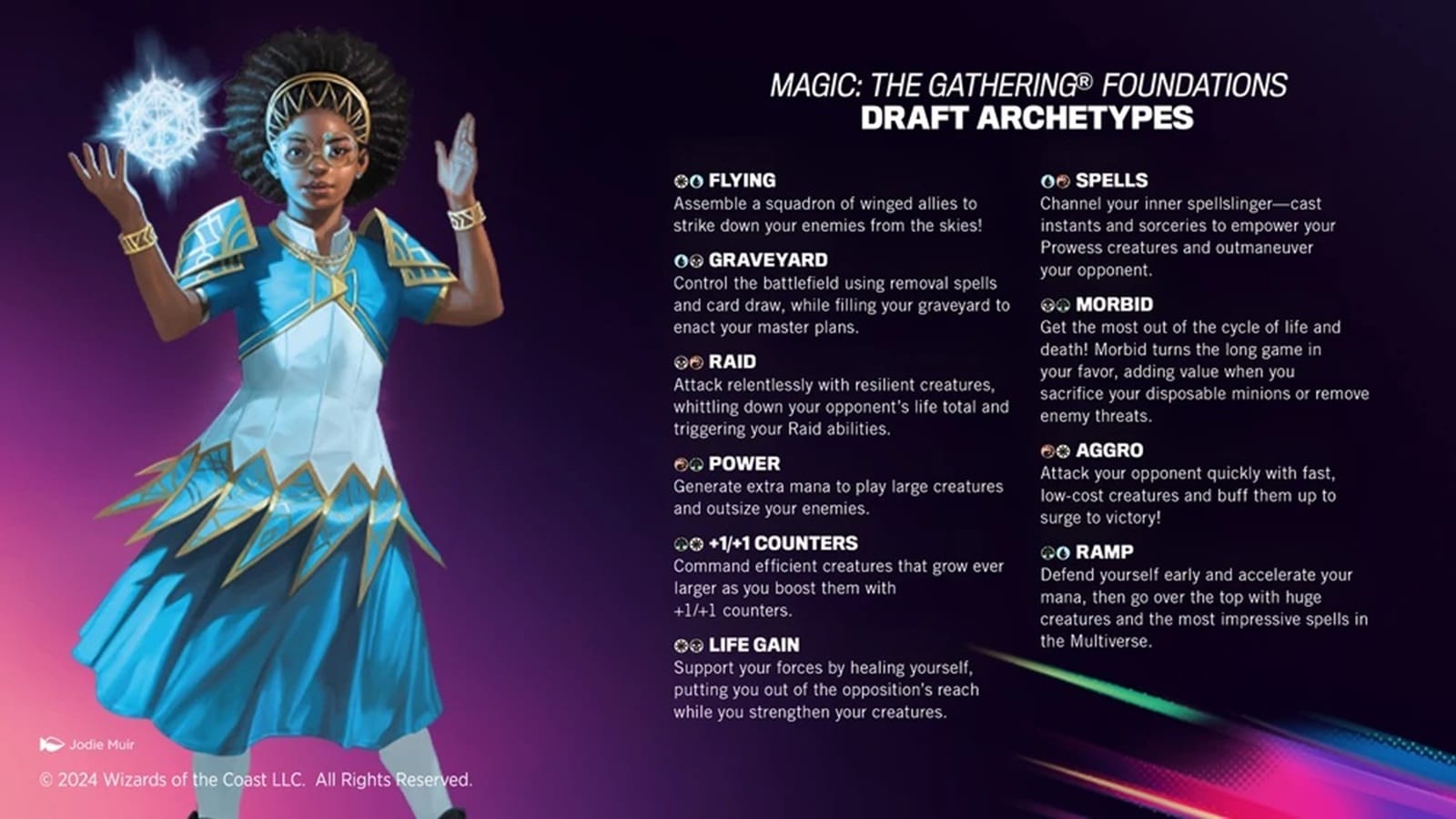
Cons - Seeker’s Folly
It’s hard to have criticisms of a set that sets out to do something and nails it. As Foundations is a set aimed at a lower complexity level, longtime players may find it a bit “vanilla.” Foundations is exactly what it sounds like, the core game of Magic with a lot of the extra bits stripped away.
Even with that lower complexity in mind, there’s still a lot of text across the cards as this is a set released in 2024. I don’t know how hard it is to get into Magic with Foundations as I can’t speak to the new player experience. I find people intuit the game fairly quickly, but Magic is still a big pool to jump into. I suppose that’s why the Beginner Box and Starter Collection also exist. If those are the starting points for gameplay and collection, Foundations is the same for learning to draft.
Art and Art Treatments - High Fae Trickster
Not all of the art treatments are found in the Play Boosters, but in addition to the normal frames you can find: Extended Art, Borderless Alternate Art, Mana Foils, Japan Showcase Frames, and Fractured Foils. I’m likely going to become a broken record with each new set, but this is just too many art variants for me. I adore the borderless alternate art frames for Foundations, and even though anime-style artwork isn’t my jam, I even like those cards. The artwork throughout Foundations is one of its highlights as it’s obvious a lot of thought went into each card. Magic always has good artwork, but Foundations is above and beyond even their normal standards.
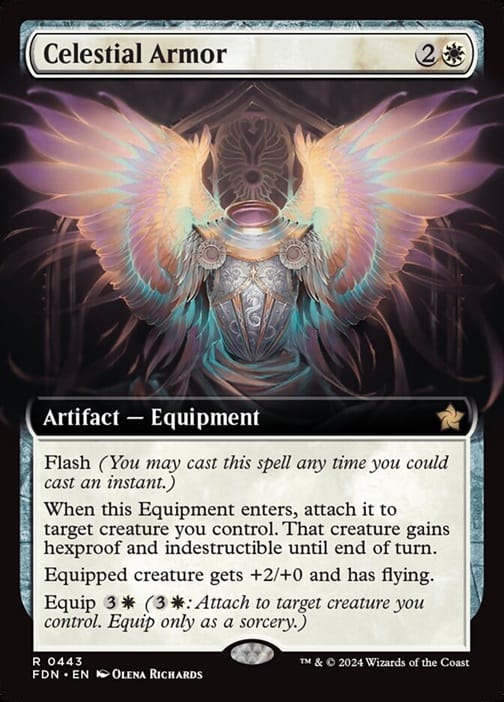
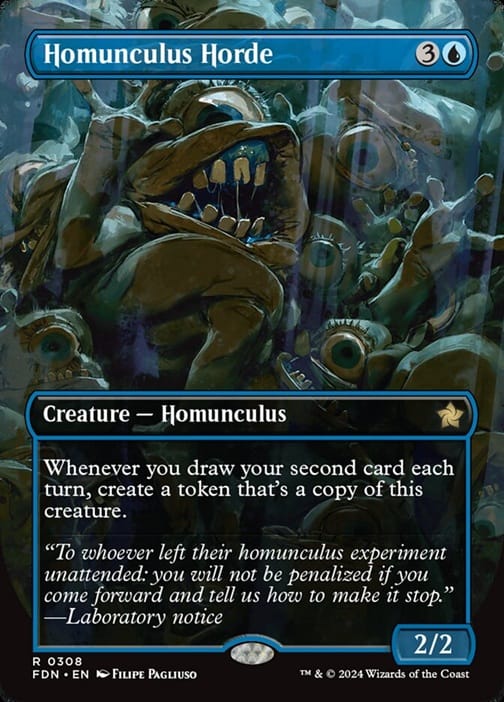
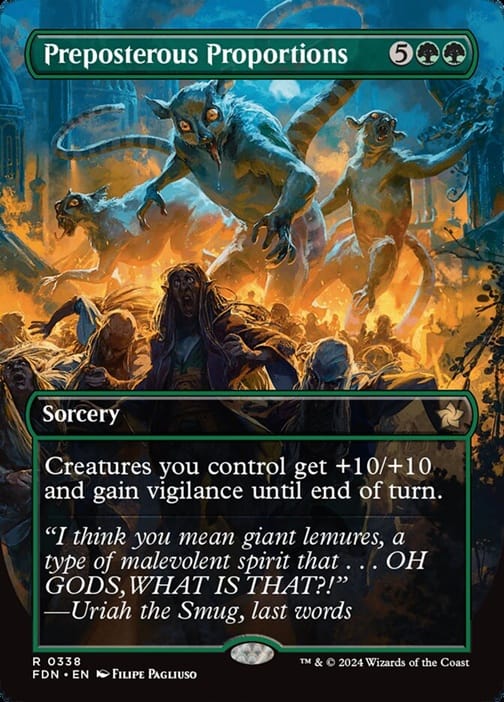
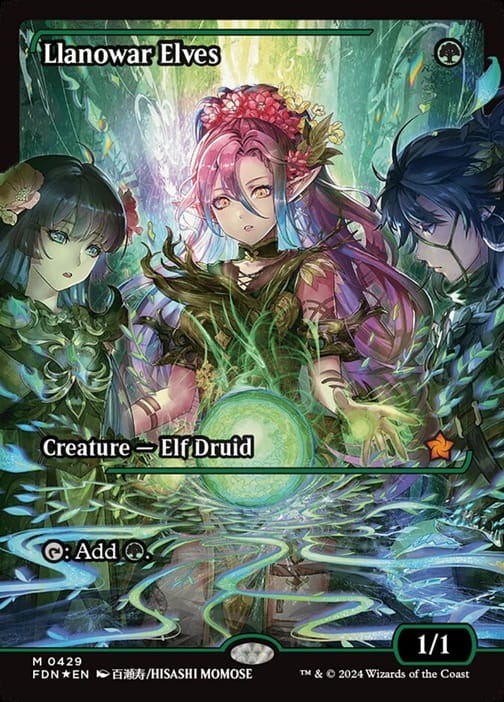
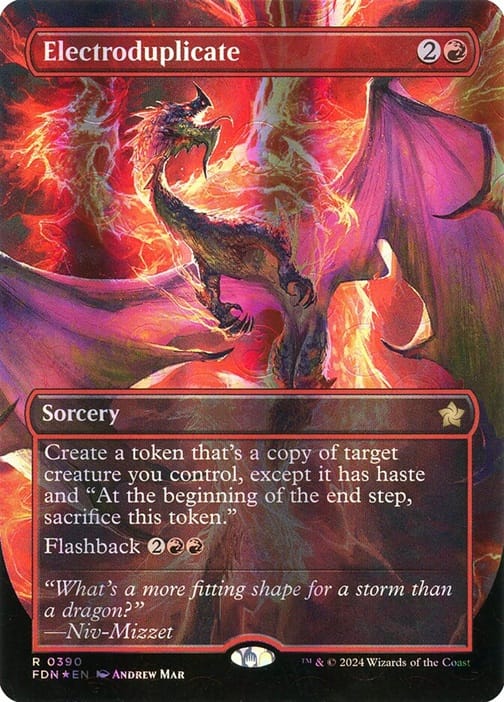
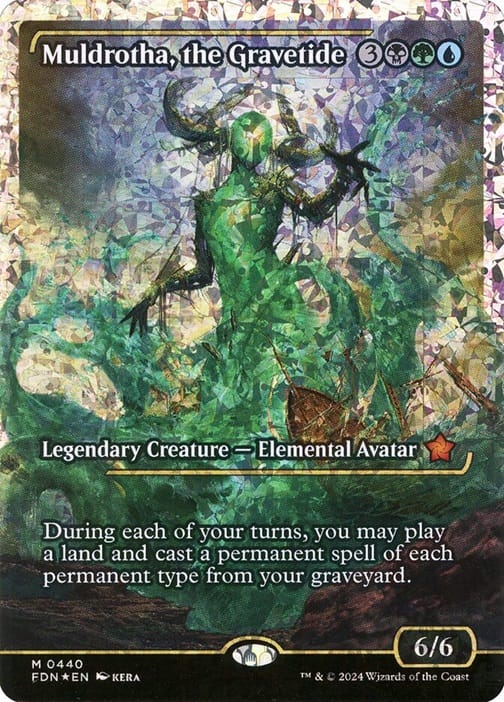
Magic: The Gathering - Foundations
Excellent
Magic: The Gathering Foundations might be the greatest “beginner set” ever made. Every design choice throughout Foundations helps to create a set that exemplifies what Magic: The Gathering is. The gameplay is focused on the fundamentals that make Magic fun. This may not be for veterans, but for everyone else, this is a fantastic way to learn. The artwork shows a level of care with the Magic multiverse that I hope to see continue in future sets. If you want to learn to draft or just get deeper into Magic you won’t go wrong with Foundations.
Pros
- Contains interesting gameplay without becoming overly complex
- A combination of classic reprints and thoughtful new cards
- Amazing artwork all around
Cons
- Foundations may be a little “vanilla” for longtime players
- Too many art variants and treatments
This review is based on a retail copy provided by publisher.